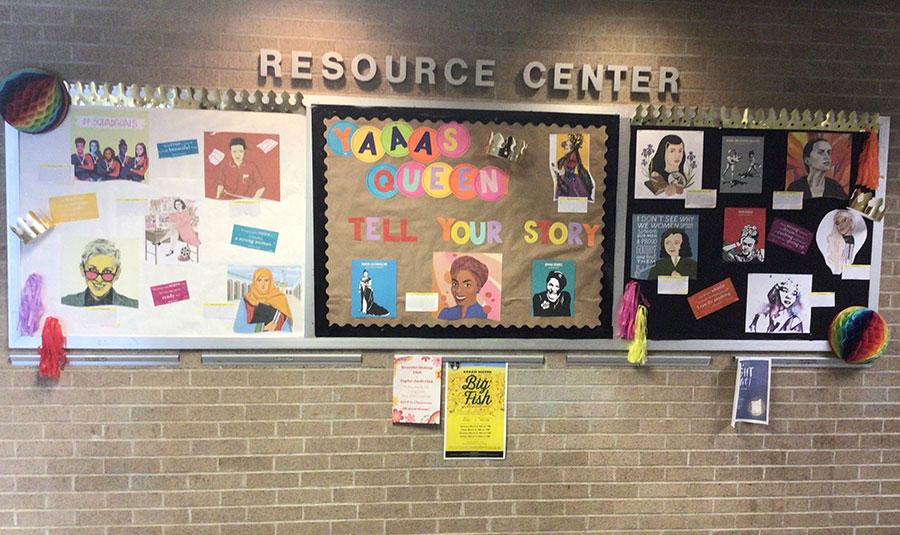
2 minute read
Women’s History Month State of Women Remains Strong, Unfinished
Sammie Paris
Every year the President of the United States gives a State of the Union Address, describing the positives and negatives of the country. In this issue, the members of The Vista Staff are investigating the state of women.
Discrimination is still heavily shown against women, especially in areas of the workplace, medical care, and education.
The gender pay gap, while it is smaller than it used to be, has still not reached an equal.
The gender pay gap has remained stable for the past 20 years in the United States, and in 2021, full-time, year-round working women earned, on average, 84% of what their male counterparts earned, according to the U.S. Census Bureau.
According to the Institute for Women’s Policy Research, in Ohio, women earn only 76 cents for every dollar a man earns.
However, it can vary state to state. In Massachusetts, women earn 81 cents for every dollar a man earns.
While some states, have a closer range between the gender pay gap, it is still around a significant 20 cent deficit, adding up quickly when speaking of numbers and money.
Some wonder why this hasn’t been fixed already.
“Finish fixing the problems that are already there and should have been dealt with, such as equal pay, equal job opportunities, equal education, and overall more respect towards women,” sophomore Payton Gluca said.
Gender bias is evident and persistent in the healthcare field.
“One in five women say they have felt that a health care provider has ignored or dismissed their symptoms, and 17% say they feel they have been treated differently because of their gender—compared with 14% and 6% of men, respectively,” as shown in a survey conducted by TODAY, found in Duke Health.
Encouraging discussion of this top- ic and the discrimination that persists in health care can help those working in the field receive proper training on how to handle situations without bias.
Education is yet another major area of gender bias with discrimination against women evident.
“Girls around the world are experiencing gender discrimination from the age of just seven years old, with one in ten primary schoolgirls reported being unhappy being a girl, doubling to one in five by the time they reach secondary school,” said a study published by the Global Campaign for Education.
The study concludes that the schoolgirls’ reasoning for wishing to change are due to the feelings of a lack of freedom and opportunities, with also a prominent fear for safety and the higher possibility of harassment.
Some improvements have been evident in this field as well. About 61.9% of the 930,000 students enrolled in master’s programs in the U.S. in the 2021-2022 academic year are women.
“I would love to see equal pay in every career and no marginalization for little girls as they should never feel less than a little boy,” said jun- ior Nora Bullimore.
While developments have been made for equality in the United States, it is evident that much more needs to be done to ensure everyone is on an even playing field.
“The state of women in the U.S. is complex. There have certainly been strides made towards greater equality, but in other regards have experienced what some would classify as setbacks. For example, the U.S. still has a shockingly high Maternal Mortality Rate compared to other similarly developed countries, with Black and Hispanic women having an even higher MMR still,” social studies teacher Mrs. Natalie Morgan said.
Even young girls can do so much to improve the marginalization and discrimination shown against them on a daily basis.
“Speak loudly! Be brave, become leaders. Choose a cause that is important to you and fight for it. LEARN. Empower yourself with knowledge and develop confidence! To quote our Women's History Month speaker, Sara Abou Rashed‘If you don't do it, someone braver than you will.’
“Nike has it right- Just Do It!” said Mrs. Morgan.


